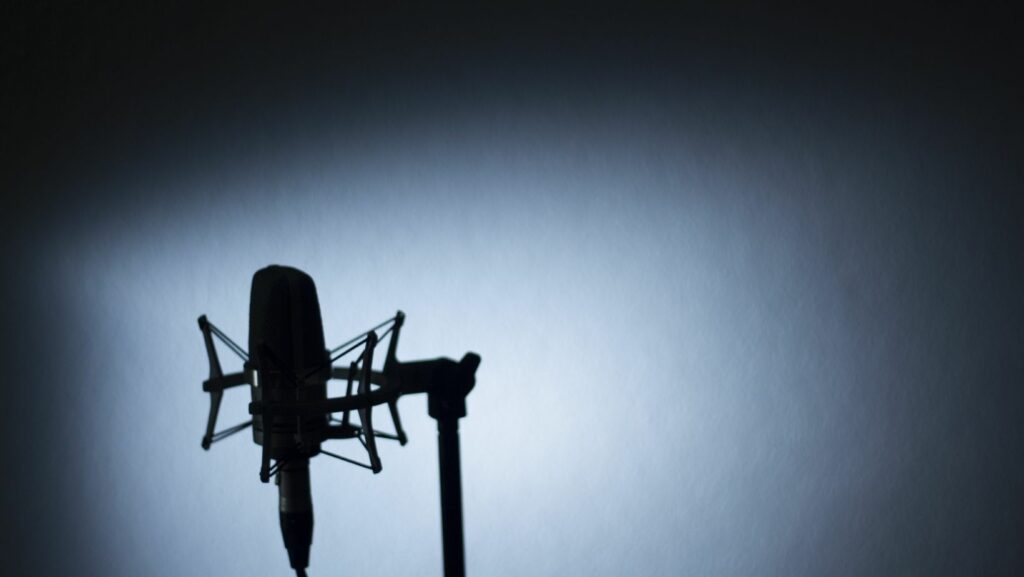 Recording vocals at home has never been more accessible, thanks to advancements in technology and affordable equipment. With a few essential tools and the right techniques, anyone can create professional-sounding recordings without stepping into a studio.
Recording vocals at home has never been more accessible, thanks to advancements in technology and affordable equipment. With a few essential tools and the right techniques, anyone can create professional-sounding recordings without stepping into a studio.
Whether you’re a budding musician or a seasoned artist, understanding how to optimize your home setup is crucial for capturing the ideal vocal performance. Creating a conducive environment for recording is the first step toward achieving great sound quality. From minimizing background noise to selecting the right microphone, each element plays a vital role in the final product.
By paying attention to these details, artists can ensure their vocals are clear and impactful, resonating with their audience. Mastering the art of home recording not only saves time and money but also offers creative freedom. With a little practice and the right guidance, anyone can transform their living space into a personal recording haven, ready to bring their vocal projects to life.
Tips For Recording Vocals At Home
Optimize Acoustics
Minimizing room reflections enhances vocal clarity. Use blankets, foam panels, or curtains to dampen sound. If working with a tight budget, hanging clothes or heavy drapes around the recording area can also reduce echoes.
Choose the Right Microphone
Different microphones suit different vocal types. A condenser microphone captures subtle details ideal for studio-quality sound. For louder environments, a dynamic microphone like the Shure SM58 is effective in filtering background noise.
Set Proper Levels
Avoid clipping by adjusting input volume properly. Keep the recording levels between -18dB and -12dB. Use a pop filter to manage plosive sounds and ensure a consistent distance from the microphone to maintain audio quality.
Monitor with Headphones
Isolating external noise is crucial during recording. Closed-back headphones prevent sound bleed. Monitoring in real-time helps maintain pitch and timing, enhancing the final recording’s quality.
Essential Equipment for Home Recording
Recording vocals at home requires investing in key equipment for the ideal results. Understanding and selecting the right gear ensures sound clarity and enhances the overall recording experience.
Microphone Selection
Choosing the right microphone is crucial for capturing quality vocals. Condenser microphones are popular for studio recording due to their sensitivity and wide frequency response. They excel in picking up detailed nuances in a singer’s performance. Dynamic microphones, known for their durability, offer better handling of loud sound sources and are often used for live performances. When selecting a microphone, consider the room acoustics and vocal style as these factors influence microphone performance.
Audio Interface Options
 Audio interfaces convert analog signals from microphones into digital data the computer can process. Beginners often select interfaces with at least two channels and USB connectivity, offering ease of use and affordability.
Audio interfaces convert analog signals from microphones into digital data the computer can process. Beginners often select interfaces with at least two channels and USB connectivity, offering ease of use and affordability.
Interfaces like the Focusrite Scarlett series provide excellent audio quality and reliability, making them a preferred choice for many home recordists. Advanced interfaces may include additional features like MIDI connectivity and onboard preamps for enhanced sound control.
Headphones and Monitors
Proper monitoring is essential for effective vocal recording and mixing. Closed-back headphones are ideal during recording sessions to prevent sound leakage and capture clean vocals. In contrast, studio monitors ensure accurate sound representation when mixing, allowing for better judgment of the final track’s quality. Brands like Audio-Technica and KRK offer reliable options that deliver clear and balanced sound outputs.
Setting Up Your Recording Environment
Establishing an effective recording environment at home transforms vocal recordings into professional-quality projects. Essential elements include soundproofing, acoustic treatment, and strategic microphone placement.
Recording Techniques for Ideal Results
Recording vocals at home has never been more accessible and rewarding. With the right approach and tools, artists can achieve studio-quality results in their personal spaces. By focusing on creating an optimal recording environment and selecting suitable equipment, anyone can elevate their vocal recordings.
Emphasizing good vocal techniques and experimenting with different takes can further enhance the final output. As home recording technology continues to evolve, artists have more opportunities to explore their creativity and produce professional-quality projects from the comfort of their homes.


